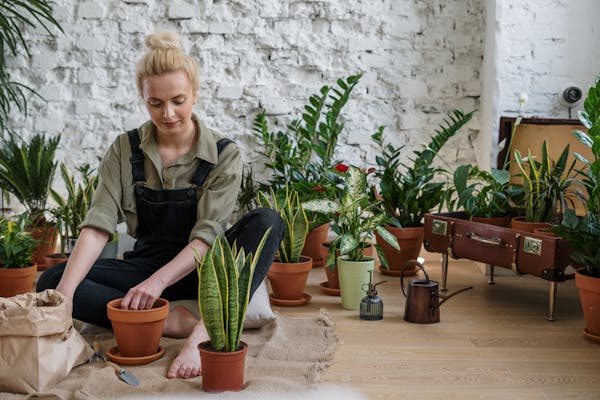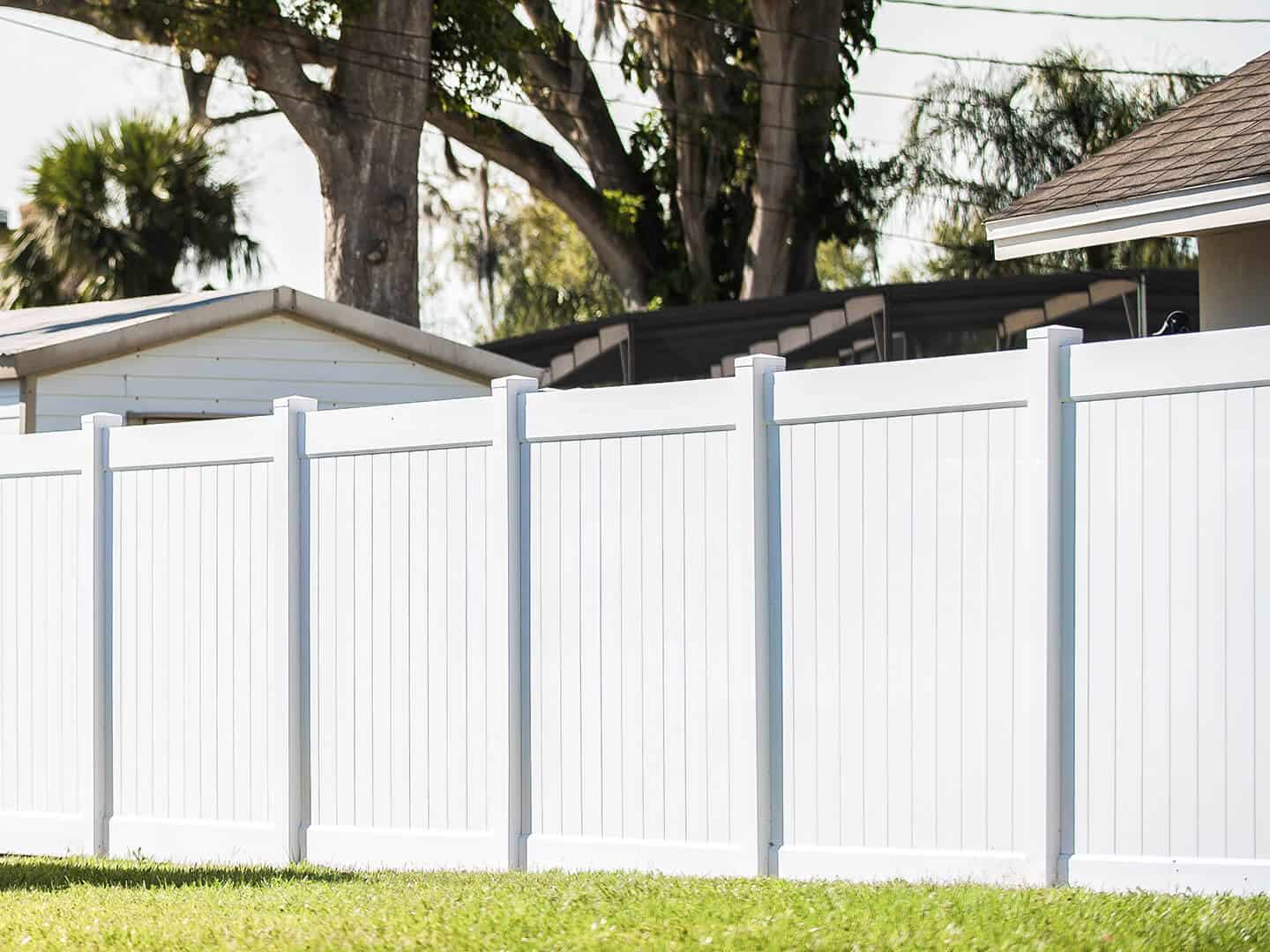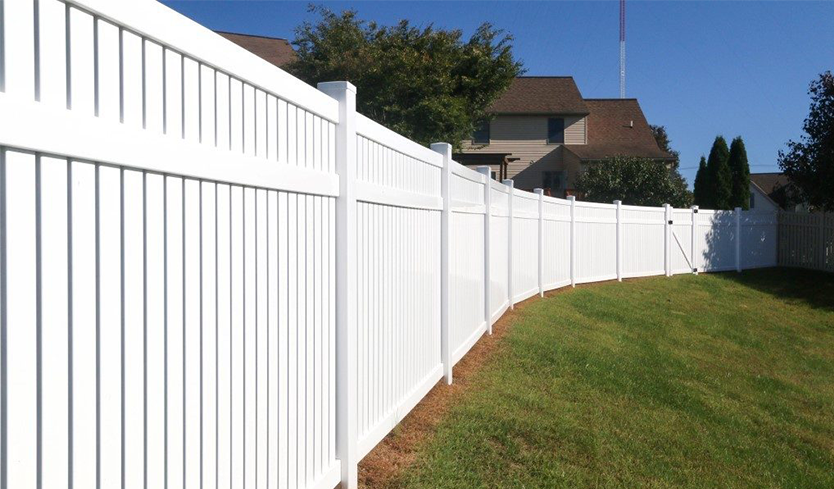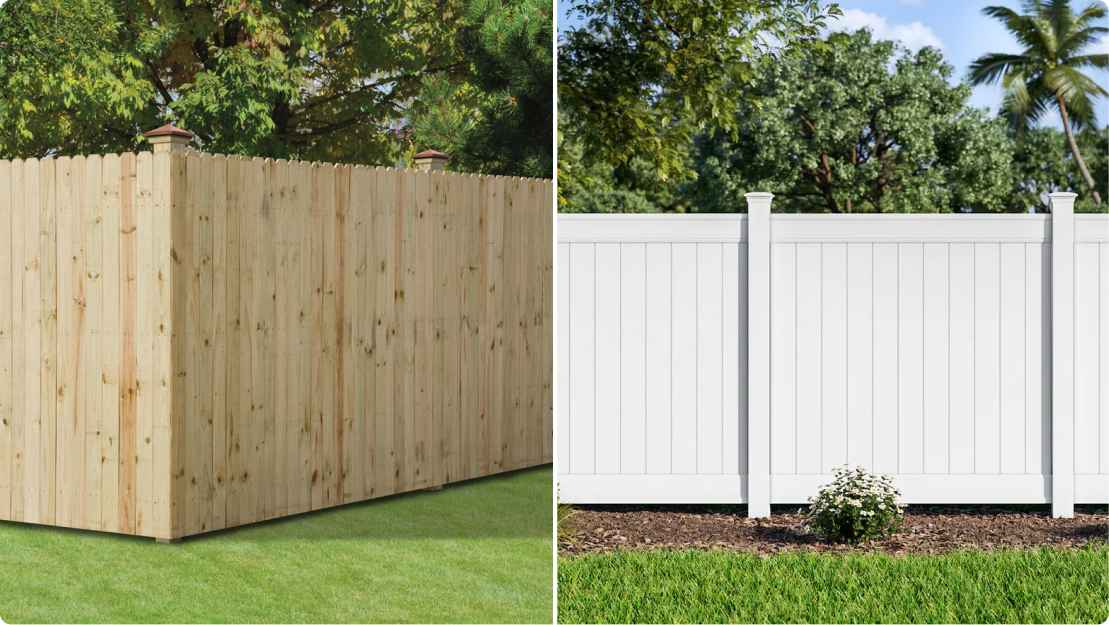Organic Rose Gardening is Not an Easy Option
The first thing to understand about organic gardening, especially with roses, is that it isn’t going to be an easy option. Growing roses by this method must start with the careful selection of the varieties of roses that you’re going to purchase. Unfortunately, there are many varieties of roses not suited to growing organically, simply because they are too prone to disease or pest attacks. Trying to grow these less than hardy varieties organically would be making life unbearably difficult for yourself. When you’re growing roses without the aid of modern chemicals, in many instances, it will mean a return to the home-made potions of the recent past. Having said that, there will also be many proprietary organic preparations available at your local garden center too.
Growing organically will mean:
o Growing roses using only natural herbicides to help keep the weeds down.
o Growing roses with only natural pesticides and insecticides to control pests. Of course, you can also use biological controls where the natural predators of the pests are used to control them.
o Growing roses without certain chemical fungicides to help control rose diseases.
o Growing roses using only organic fertilizers.
o Planting roses in natural composts or manures. (Even here the manure should come only from animals fed organically otherwise this could be another problem).
Growing roses organically isn’t like growing food organically, where you will have to legally meet certain strict requirements to be able to register your produce as organic. Most rose growers really want to minimize the damage done to the natural ecosystem in their garden rather than being totally organic in the true sense.
You may have more success if you try and select some of the older types of roses such as the rugosa varieties, gallica roses and even some of the smaller-flowered rambler types. These will never replace the long stemmed hybrid tea roses that are best for supplying cut flowers, but they may be your only sensible option. The closer you can get to the wild types of roses the hardier they are likely to be. The modern English Garden rose developed by David Austin roses in the UK for instance, and very popular worldwide, are unlikely to thrive at all.
Below are some guidelines that may help:
o Select only varieties of roses that are known to already thrive in your local climate.
o Select roses that are resistant to the prevalent diseases in your particular locale. For instance, if you live in an area where there’s little industrial fallout, then black spot could be a real problem.
o Once you’ve made a list of potential roses, you need to research what each really wants in the way of location, feeding, soil ph and light and then try and supply it.
o Dig in plenty of organic matter, including well rotted manure.
o Maintain an acidic soil pH 6.0-6.5 should be enough.
o Don’t plant your bushes too closely together because you need to have an effective airflow around them.
o Water the soil around the bottom of the plant keeping the foliage dry as splashing can harbor fungal spores.
o Prune when the sap is up and remove all of the clippings and burn them.
o Remove dead and diseased wood and burn this too.
o Planting companions such as tansy, penstemones, annual cosmos and scabious to attract ladybugs and hover flies, who will feast on the aphids.
o Never allow problems to increase in size. At the first sign of trouble, act!
One possible organic preparation that can have some success with fungal infections is Bordeaux mixture and although not totally organic, you could perhaps also try very dilute washing up liquids against aphids. The problem with aphids is that not only do they weaken your roses by feeding on the sap but they also allow fungal and viral infections to enter the plant’s system which will subject the rose to even more stress.








